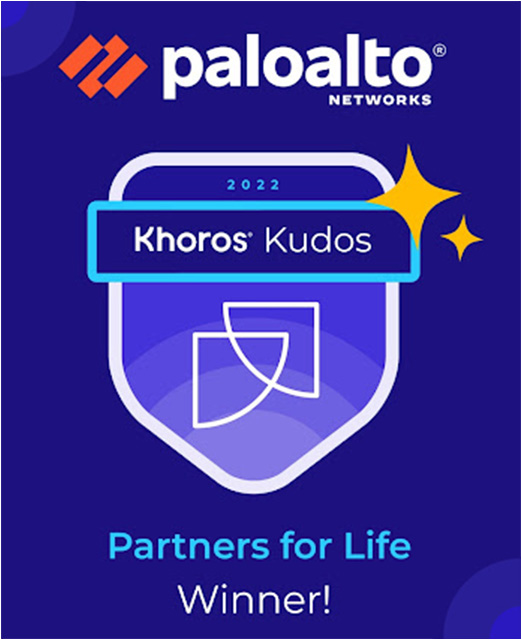- Access exclusive content
- Connect with peers
- Share your expertise
- Find support resources
Click Preferences to customize your cookie settings.
Unlock your full community experience!
NGFW Local Config Audits with SCM
- LIVEcommunity
- Discussions
- Network Security
- Strata Cloud Manager
- NGFW Local Config Audits with SCM
- Subscribe to RSS Feed
- Mark Topic as New
- Mark Topic as Read
- Float this Topic for Current User
- Printer Friendly Page
NGFW Local Config Audits with SCM
- Mark as New
- Subscribe to RSS Feed
- Permalink
03-13-2025 03:41 PM - edited 03-13-2025 04:06 PM
How to identify local configuration changes on NGFW’s managed by SCM
First log into SCM and then navigate to the “Manage>Configuration>NGFW and Prisma Access” tabs.
Now click on the “Configuration Scope” and find the folders for the firewalls or firewall you want to look at.
Now that you are in the configuration scope of “All Firewalls”, make sure you are on the overview tab. You will now see any conflicts under “Variables”. Any firewalls with a conflict will show with a link “View Conflicts”. Click on the link.
This will bring you to all the firewalls with a conflict. You can also see how many conflicts and their locations.
Click on a firewall to view the conflicts.
On this firewall I can see there are conflicts in the objects in the general and services configurations.
When you click on the link to the conflict it will bring you to that part of the configuration.
In this example it takes me to the Device Setup tab. I can see the configuration on the General Settings tab and Services tab show a conflict with the local device configs.
By clicking on the “Show Config Diff” I can see what is configured on the local device versus SCM.
This allows you to identify what has been changed and whether or not it needs to be done from SCM.
On the next firewall it shows a conflict with an ethernet port and that it has been overwritten on the local configuration. By clicking on the link it will take you into the configuration.
On the top of the configuration you will see an option to “Show local device configs”. By sliding the option over you can see what is configured locally.
You can also use the “Show Config Diff” like before to see the difference in the local versus SCM pushed configuration.
- 863 Views
- 0 replies
- 0 Likes
Show your appreciation!
Click Accept as Solution to acknowledge that the answer to your question has been provided.
The button appears next to the replies on topics you’ve started. The member who gave the solution and all future visitors to this topic will appreciate it!
These simple actions take just seconds of your time, but go a long way in showing appreciation for community members and the LIVEcommunity as a whole!
The LIVEcommunity thanks you for your participation!
- Error: Duplicate address/external-ip-list name 'panw-known-ip-list' in Panorama Discussions
- Panorama managed - Global protect SAML cert renew - IDP xml import wrong expiry in GlobalProtect Discussions
- Cannot log into global protect, testing configuration on EVE-NG in GlobalProtect Discussions
- GlobalProtect localDb auth change password in GlobalProtect Discussions
- Palo alto Strata Cloud Push Error in Next-Generation Firewall Discussions













